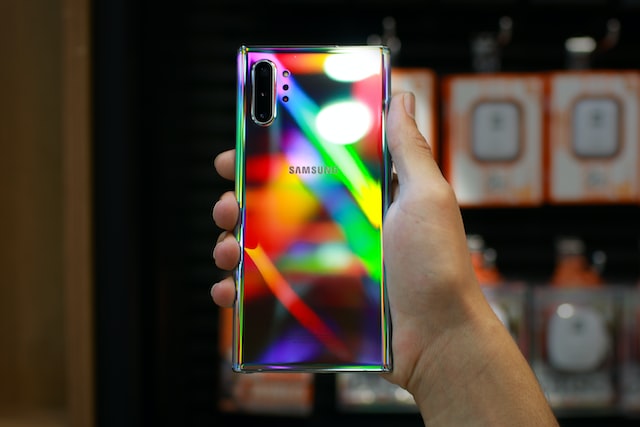Have you lost your mouse pointer on your Windows device? Does it disappear randomly while you are typing? These are some of the ways you can bring your cursor back to life if you find yourself in such a strange situation. The best part about these solutions is that they will show you how to use Windows 10 with no mouse.
Let’s now dive in to find out how you can return the mouse pointer to your device.
1. Quick Fixes For a Mouse Pointer Not Appearing
Before we dive into more details, let us first look at some quick fixes that might help restore the mouse pointer. These fixes are only for mice and not touchpads.
Reconnect the Cable or Mouse Sensor
Depending on whether the mouse is wireless or wired, disconnect and reconnect the mouse sensor/cable. You can then move the mouse to check if the cursor is back.
Verify the Cable and Batteries
Check the mouse cable for damage if it’s a wired one. You can try new batteries to see if it helps.
Try using a different USB port
It could be that the USB port is not working. You might try a different USB port to resolve the problem.
You can test the mouse on another PC
If none of the above solutions work, you can try another mouse. If the problem continues, it is time to replace your mouse. If your mouse does not work on another device, it is likely that the system is having issues.
2. System Settings: Unhide the Mouse Pointer
If the issue occurs only when you are typing, it could be due to your mouse settings. Let’s now take a look at the steps you can take to restore your mouse pointer.
- To open the Run command dialog, press Win+ R
- Type control Mouse, then press Enter for the mouse properties window.
- Then, press the tab key continuously until you see the buttons tab highlighted.
Next, use the navigation keys for the Pointer Option tab. After you have reached the Tab tab, hold down the Tab keyboard key until the Hide button is activated and the Box box is highlighted.
Next, navigate the App option by using the tab key. Then press the Spacebar button to apply the settings. To complete this process, navigate to OK with the Tab key.
3. Allow the Touchpad to be activated
This problem can occur when you use a touchpad.
Let’s see how you can fix the problem with your touchpad.
- To open the Run command dialog, press Win+ R
- Type control Mouse, then press Enter for the mouse properties window.
- Navigate to the Tab tab by using the Tab Key
- Next, use the arrow key to navigate the Touchpad tab. (Usually labeled ELAN oder Device Sets).
- Select the Allow Device option by pressing the tab button. Next, press the Spacebar for this option.
Navigate to Apply using the tab key, and then press the Spacebar button to make the changes. Navigate to the OK option by using the Tab Key and then press the Spacebar.
4. Disable Tablet Mode from a Touchscreen Device
If you use a touchscreen device, it is more likely that you use Windows Tablet Mode. Switching to Tablet mode could be the reason why your pointer isn’t showing up on your screen.
If the Tablet mode feature has been enabled on your device, you can disable it easily:
- Tap the Notification center icon in the bottom-right corner.
- To disable the tablet mode feature, you can press the button (its color should change to gray when it is disabled).
-
Check the Bluetooth and Hardware and Devices Troubleshooters
Windows also has built-in troubleshooting options that allow you to restore the mouse’s pointer. We will examine how the Bluetooth, as well as the Hardware-and-Devices troubleshooters, may help to solve this problem.
For help, see the Hardware troubleshooter.
- Type Settings using the Windows Key.
- Use the arrow key to select Settings, then press Enter.
- Next, type troubleshooting. Then, use the arrow keys , to select the Troubleshoot choice, and then click Enter.
The Tab button can be used to navigate to the right-hand pane. To navigate to the Hardware troubleshooter, use the keyboard keys.
To continue, press Enter after the Hardware and Devices troubleshooter appears. Next, press Tab in order to highlight the Run Troubleshooter button. Finally, press Enable.
Once you are done, you will be able to run the Bluetooth troubleshooter. If you use a wireless mouse, however, this will not be useful.
- To begin, follow the previous steps and open the Troubleshoot settings dialog.
- Next, find the Bluetooth troubleshooter. Run the troubleshooting following the steps above.



